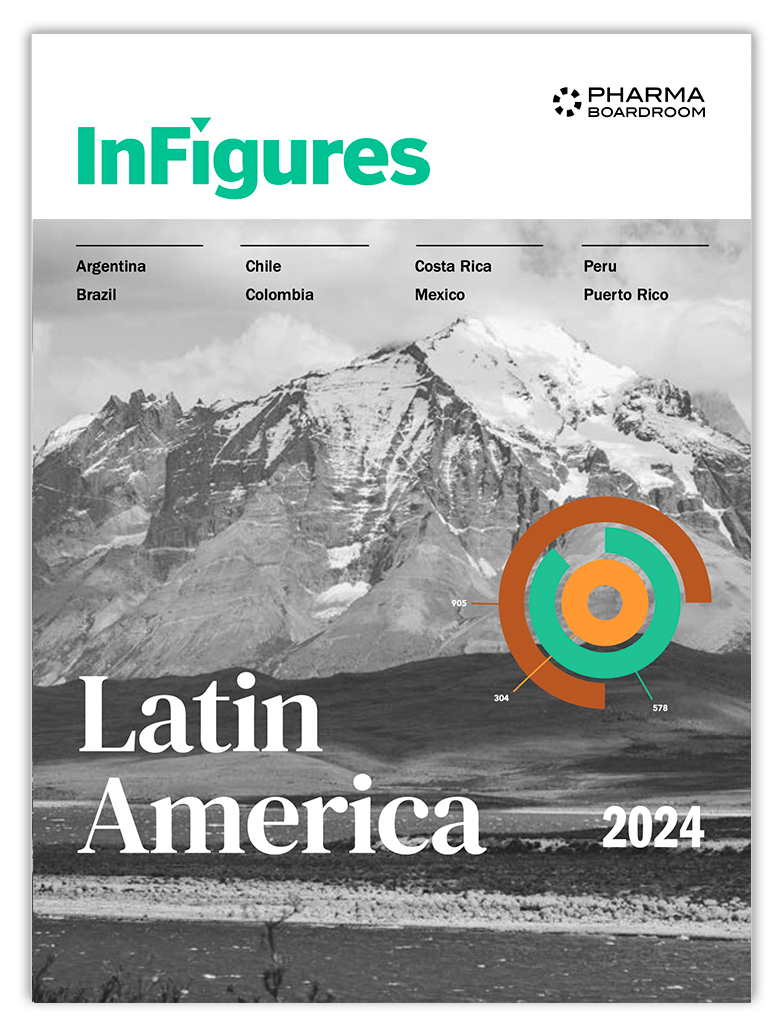How did you first get involved in clinical trials and what inspired you to create your own CRO, ADM Korea?
When I was working at CJ, the company was starting to produce bimolecular products, specifically they were working on vaccines. CJ needed personnel with expertise in this area and I was a good fit because I had worked with a number of biotech companies, including Berna Biotech and some other European and Russian companies. In 1997 I realized that clinical work had a very bright future, and I moved to the clinical division at CJ. I worked there for 11 – 12 years.
What is the nature of ADM’s relationship with EPS International and what advantages does it bring both companies?
ADM Korea was founded on October 20, 2003 and later in 2006 we joined with EPS International. EPS owns a 35% stake in ADM Korea. This is a unique arrangement for a Korean CRO. There are local CRO’s such as Dream CIS and C&R Research. There are also foreign CRO’s such as ICON and Quintiles. However, we are the only jointly held firm. ADM Korea is completely independently managed, but we do help EPS build a presence here. Many Japanese businesses have failed to make a presence in Korea for a number of reasons, including cultural ones. We give them an edge in entering the Korean market. Reciprocally, the arrangement gives us the opportunity to conduct global studies for EPS. 40% of our studies are such global studies, and 60% are locally based studies. Most Korean CRO’s have a similar breakdown due to the demands of the rapidly growing Korean market.
We are focused on all aspects of Clinical Trials, but Phase 3 studies for the KFDA is our specialty. If a Japanese firm wants to conduct a joint study, because Japan now allows Korean Clinical data, we are absolutely the Korean firm of choice.
One of the great challenges for CROs is to find qualified and available personnel. How successful have you been in recruiting and retaining your employees in this highly competitive context?
This is actually one of our great strengths. Since our founding, ADM Korea has a very low turnover rate as 3 years. Our competitive edge is our manpower. HR is extremely important in the CRO business and it is a big achievement for ADM Korea to have such a low turnover.
You are the only example of a jointly held Korean CRO. How is this an advantage to your clients? What does it allow you to offer that other companies can’t provide?
I think we enjoy the benefits of being both a local and an international company. Our independent status means we know the Korean market extremely well and we have local business that can sustain us through contractions in the global economy. This kind of stability is very important in the CRO business. Some global CRO’s enter Korea with a project-based strategy. If they are forced to change gears due to project scarcity and cancellation, they find it difficult to adapt. Foreign CRO’s have been known to pull out of countries for this very reason.
So, our business from local Korean pharmaceutical and venture companies is very important. However, we like to balance local and foreign studies in order to diversify our client base. I think the percentage of global projects will increase to at least 50/50 in the near future. This is one of the reasons we joined with EPS, it gives us better access to global studies. A multinational firm’s headquarters administers global studies, not their local Korean branch. It would be impossible for us to get access to these trials working alone, but EPS is a large company and although its primary focus is Asia, it has access to European and US based multinationals. So, this balance in local and global studies is a very big strength for the company.
The CRO market has been growing as high as 30% in the past few years. Do you expect this trend to continue over the next year, and how will ADM Korea perform in this context?
ADM Korea is still a small company, and I believe that building the right functional structure is crucial to attain growth. This year we are focusing on QC/QA and Project Management. We can’t grow effectively without a completely solid internal structure. Secondly, the Korean CRO market is very large. Many companies have contacted us with projects, and our main limiting factor is manpower. However, it’s very difficult to find really good CRA’s in Korea, so we have to educate our CRA’s constantly and thus growth will take time. We’re constantly interviewing CRA’s and over the next six months we will be educating a number of new ones, which will then allow us to grow further. This business depends on manpower and internal structure.
What is your five-year vision for ADM Korea?
There are many opportunities here in Korea, and competition in the CRO market is getting fierce. However, we have many advantages. I think our company will grow immensely in the next 3-5 years. While joining EPS, we created a one-year and three-year plan. According to that plan, in three years we will grow by 100%. This is just for the existing CRO business. We are also planning on further growing other lines of business as well. We are currently only able to take local Data Management and PMS projects. Some of my colleagues at EPS convinced me that Korea has a competitive advantage in DM and PMS. I believe Korea is better than China, Taiwan and Japan in terms of the combination of quality and price.
In five years, I would like to be the number one CRO in Korea in terms of size, reputation and quality. We are now building a name for ADM Korea and the improvements in internal structure will allow us to take advantage of the many opportunities in the Korean market.






